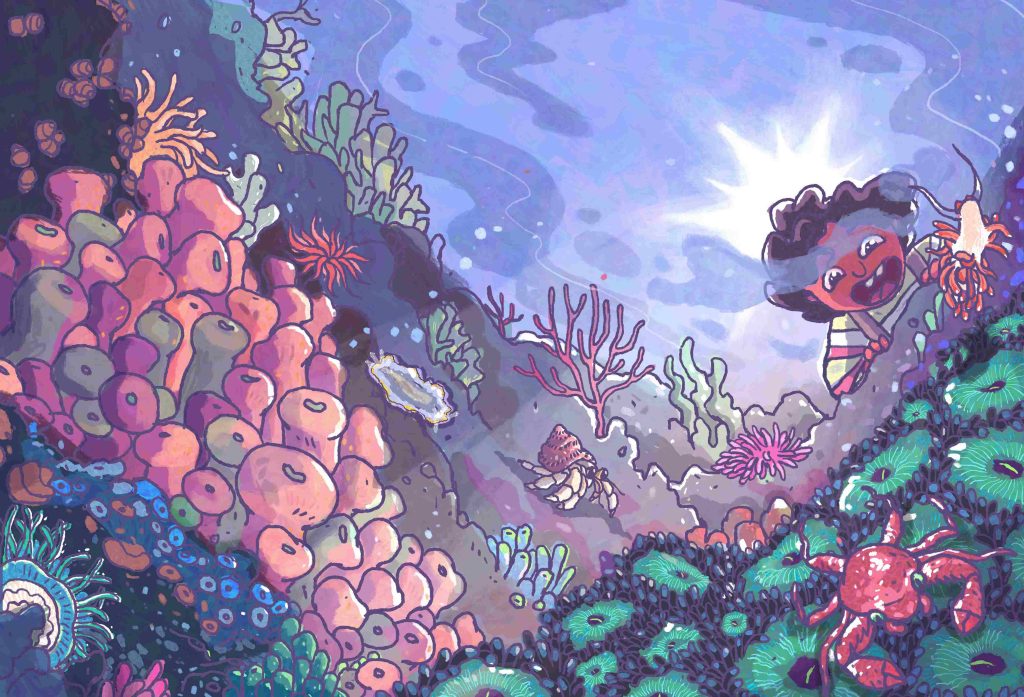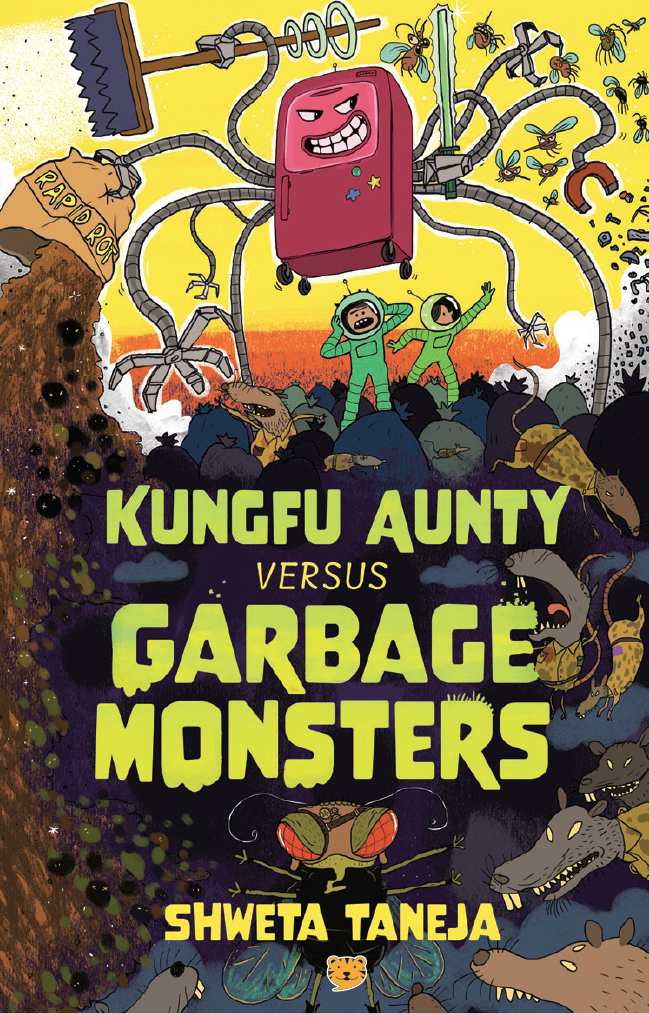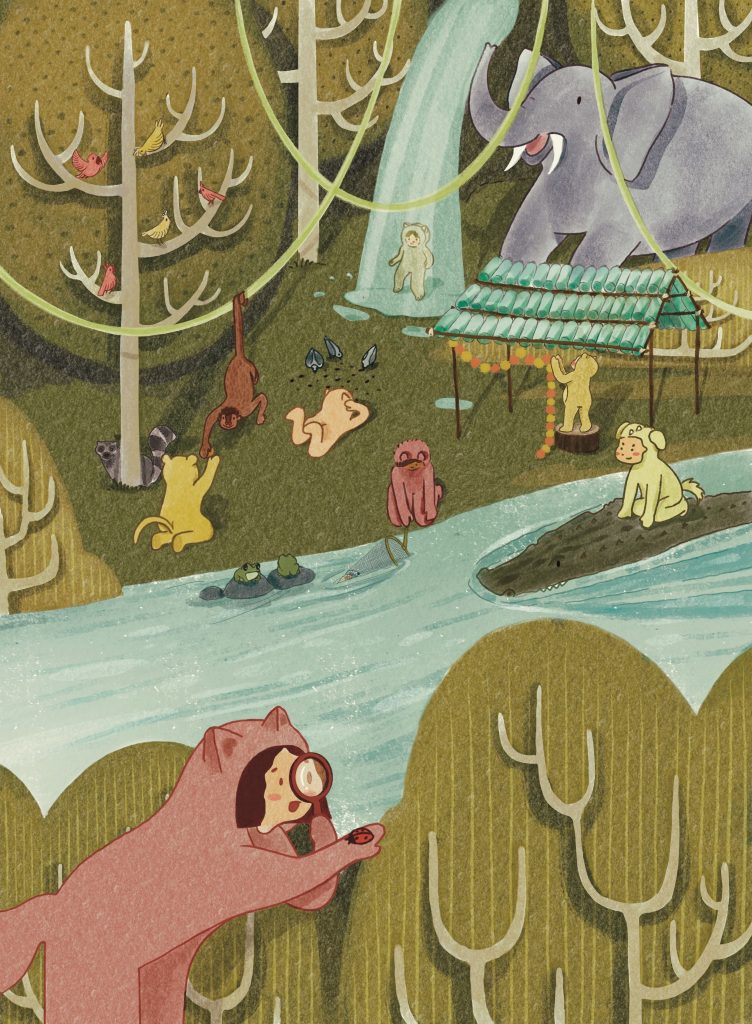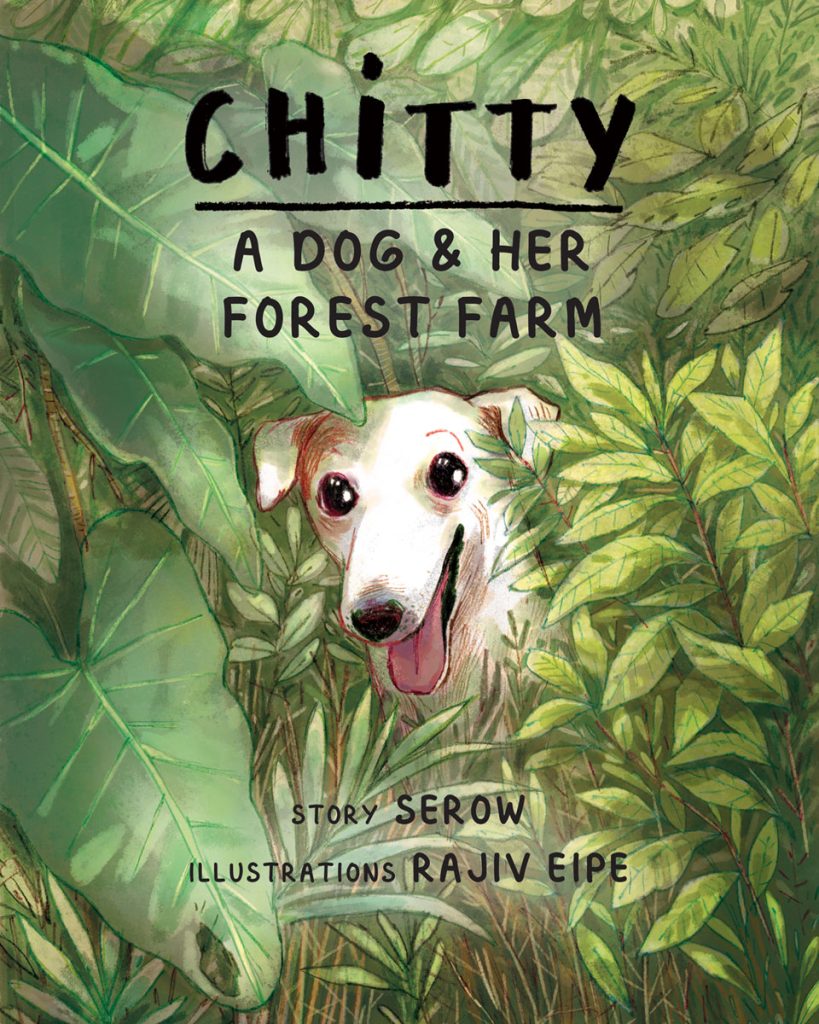A couple of years ago, some of us, who were then in Class VIII, created a mural of the Tree of Life on a wall in our senior school in Rishi Valley. This mural is a symbol of our learning and understanding of Charles Darwin’s Theory of Evolution. The Tree of Life describes the evolutionary relationships between all living beings on this planet. Darwin often used the image of a tree to express his theory of evolution.
“The affinities of all the beings of the same class have sometimes
From Chapter IV of Charles Darwin’s
been represented by a great tree. I believe this simile largely
speaks the truth. The green and budding twigs may represent
existing species; and those produced during former years may
represent the long succession of extinct species”
“On the Origin of Species”
The idea of evolution was introduced to us by our biology teacher. As we progressed through the lesson our teacher suggested that we paint our version of the Tree of Life on a wall in our classroom. A few of us enthusiastically took up the idea but decided that we would like to create a larger version on an empty wall in senior school. We first painted the background yellow, and on that, we then drew the skeleton of the tree with chalk. We used different shades of browns, greens, and yellows, and also brighter colors like red, purple, and blue for the rest.
We chose the branches, and the kinds of life forms to be included, in consultation with our biology teacher. At the base of the tree is a red seed in which we drew a double helix, to signify that all life evolved from DNA.
Above this, we drew three branches to represent the three Domains — the Monera (Bacteria), Archaea, and Eukaryotes. Bacteria (on the right of the trunk) are shown by E.coli. We decided to paint several species of Archaea (on the left of the trunk) as these aren’t usually shown in textbooks. The branch points also indicate that Bacteria speciated before Archaea. Above these one sees the great variety of Eukaryotes, with almost all the major groups. These include fungi, insects, and plants (ranging from ferns to flowering plants) and major Chordate orders such as birds, amphibians, reptiles, and mammals. The few dry leaves that are shown fallen on the ground are meant to represent extinct species, indicating that there have been many dead-ends in evolution.
“Of the many twigs which flourished when the tree was a mere bush, only two or three, now grown into great branches, yet survive and bear the other branches; so with the species which lived during long-past geological periods, very few have left living and modified descendants”
From Chapter IV of Charles Darwin’s
“On the Origin of Species”
One of our favourite images is of the dinosaur, and it is also a reminder that this once mighty group of animals was completely wiped off the face of the earth 65 million years ago. The mural has a background of water droplets to signify that water is the medium for all life.
The mural progressed slowly and we got into conflicts with each other as our ideas and artistic sensibilities clashed at many points. Yet this project helped us learn to work as a group and respect each other’s thoughts. Since we were in a boarding school, we could choose to work outside school hours and most of the work was done on weekends. It took a whole term (4 months!) with lots of paint, sweat, and touching up to complete our masterpiece!
The Tree of Life, while simple in conception, speaks to us intuitively, and in it lie buried many deep ideas regarding our origins and connections to all beings in the natural world. It remains the best way to explain how life on this planet developed. We hope this piece encourages you to draw your own version of the Tree of Life.





